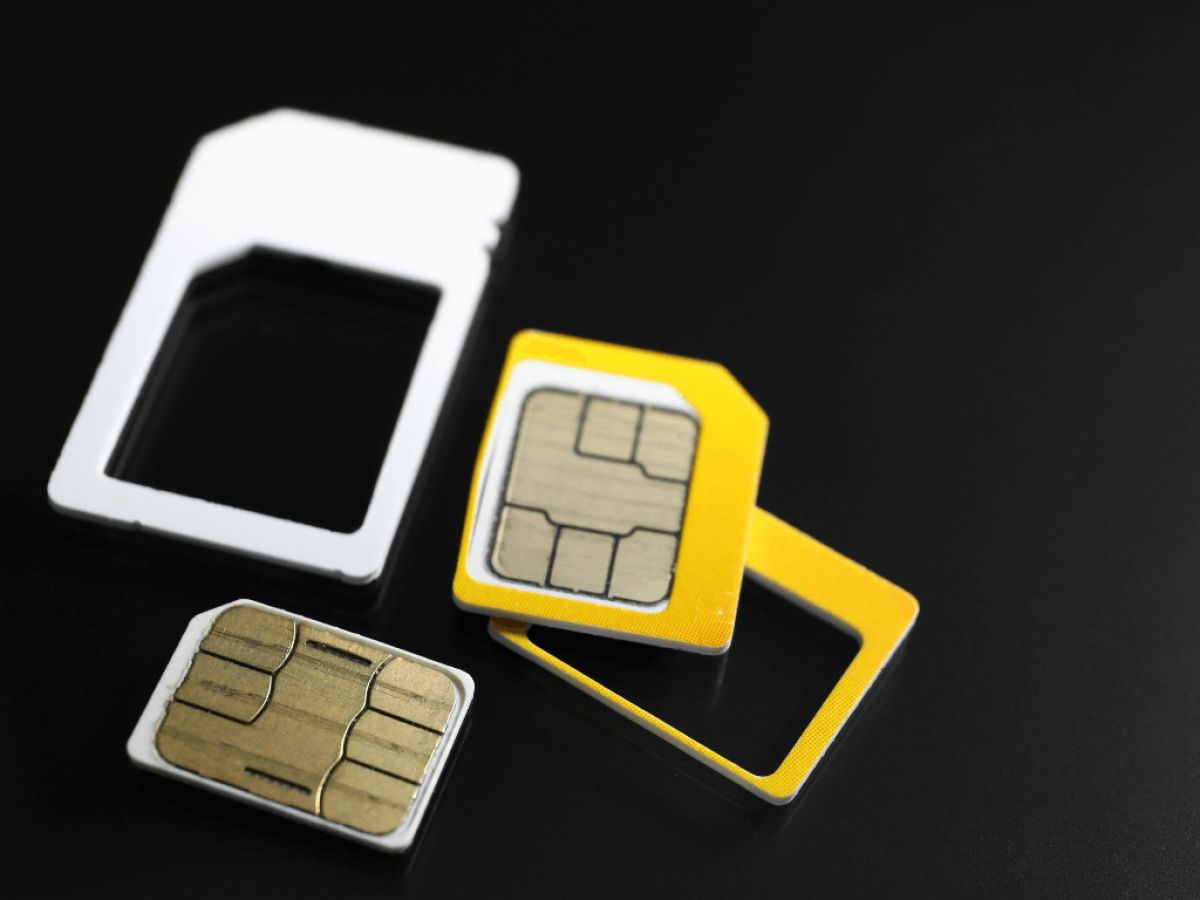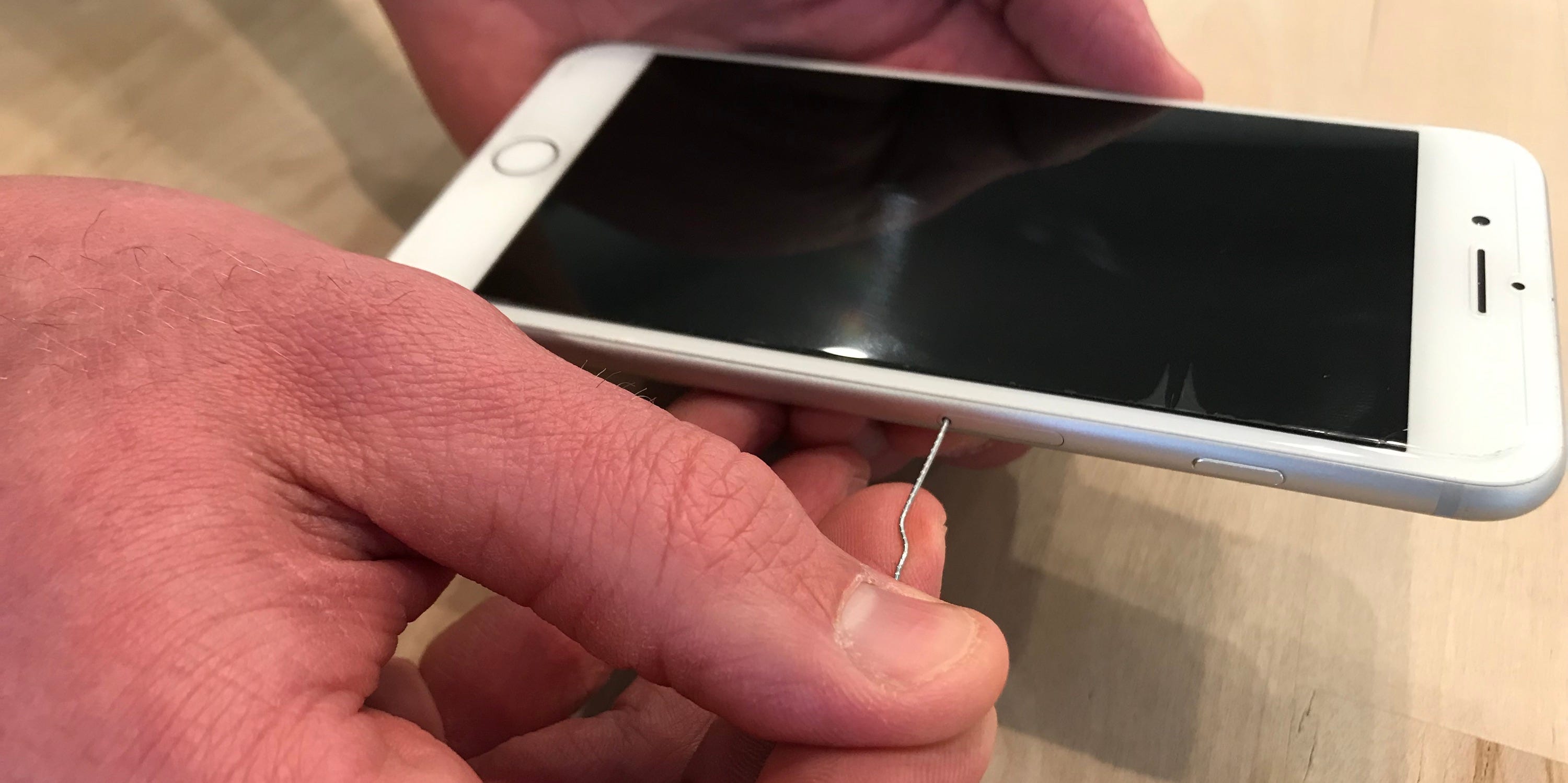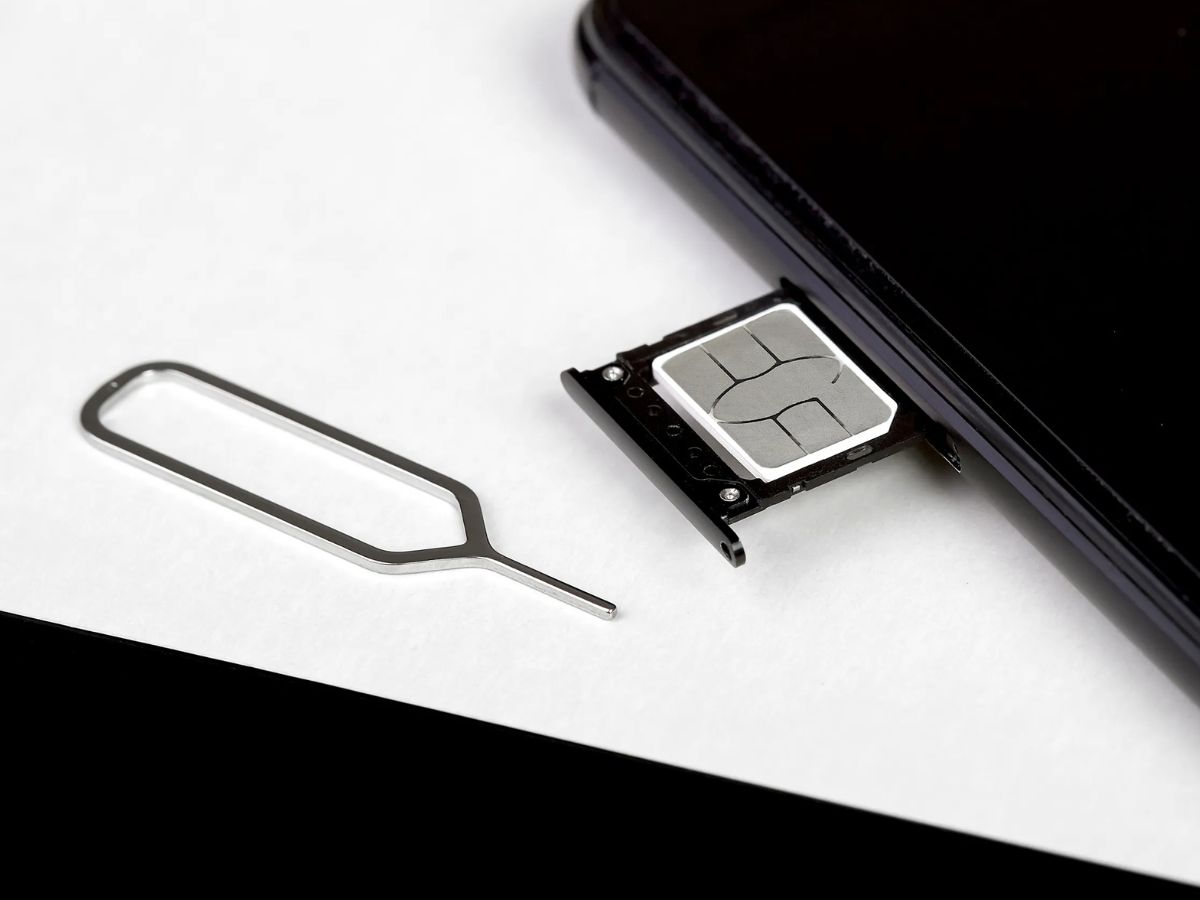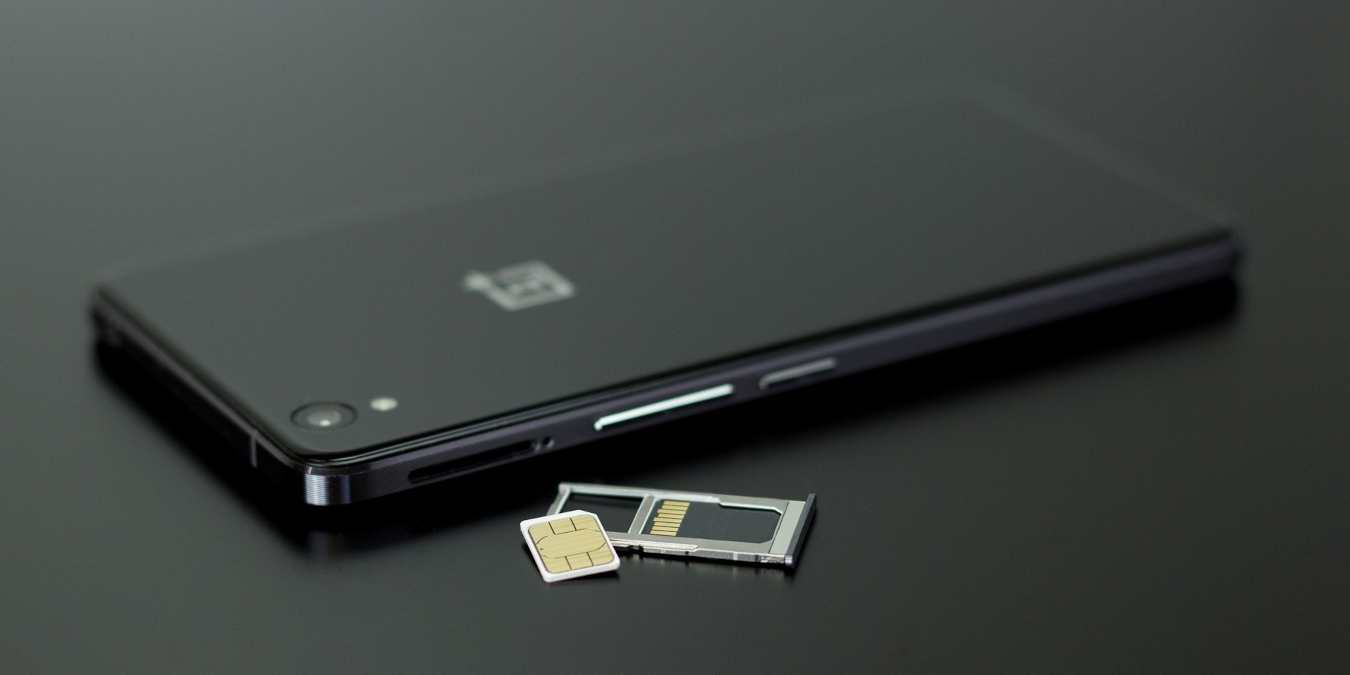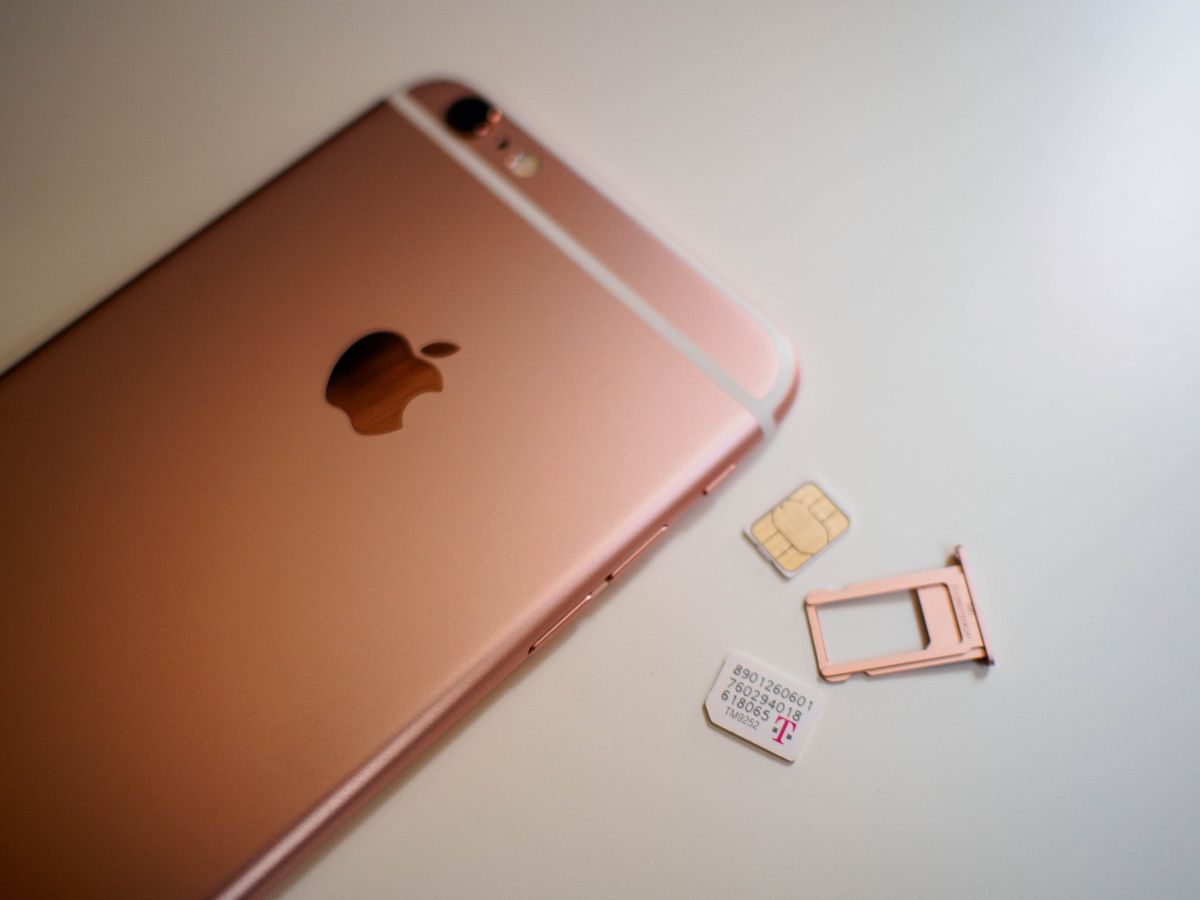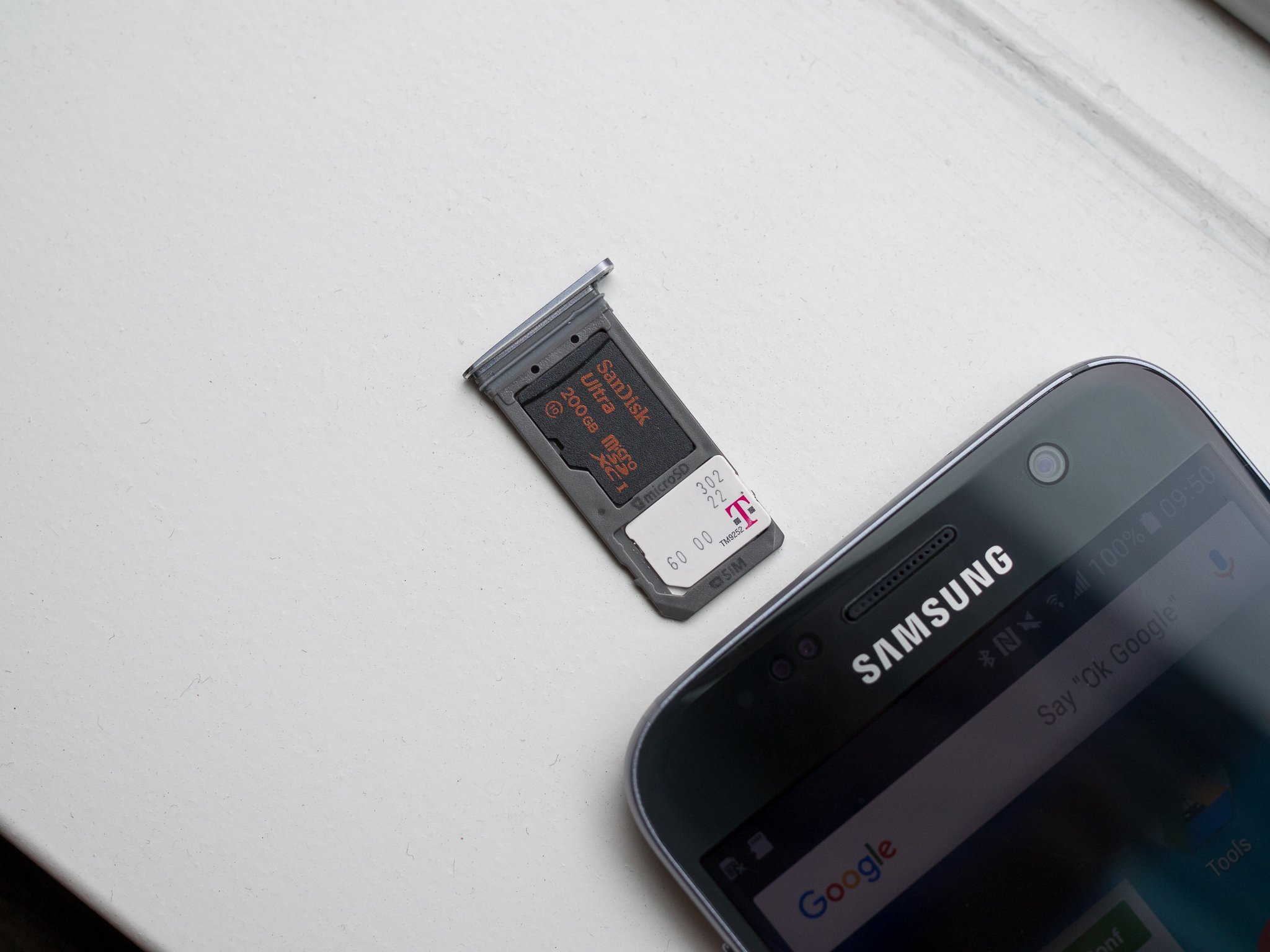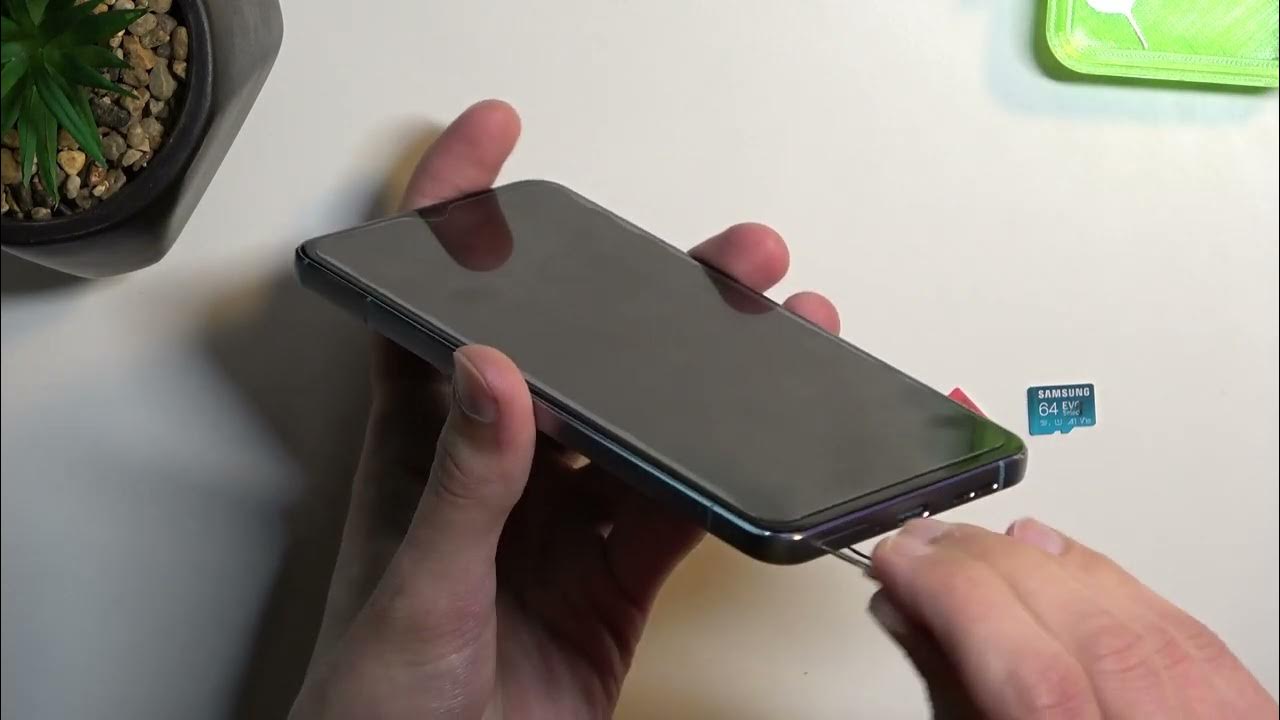Introduction
Every day, billions of people around the world rely on their mobile devices to stay connected, access information, and communicate with others. At the heart of this technological marvel lies a small yet crucial component known as the Subscriber Identity Module (SIM) card. Despite its diminutive size, the SIM card plays a pivotal role in enabling mobile communication, serving as a unique identifier and storing essential data for cellular services.
Understanding the importance of the SIM card is paramount, as it empowers users to recognize the significance of safeguarding this vital component from potential damage. Whether you are a seasoned mobile device user or a newcomer to the digital landscape, gaining insights into the nature of SIM cards and the potential threats they face is essential for maintaining seamless connectivity and preserving the integrity of your mobile device.
In this comprehensive guide, we will delve into the intricacies of SIM cards, explore the common causes of SIM card damage, identify the telltale signs of a compromised SIM card, and provide practical tips for preventing such damage. By the end of this journey, you will be equipped with the knowledge and strategies needed to safeguard your SIM card and ensure uninterrupted access to the digital world.
Let's embark on this enlightening exploration of SIM cards and discover the measures to protect this indispensable component of modern communication.
What is a SIM Card?
A SIM card, short for Subscriber Identity Module, is a small, removable card that is inserted into mobile devices such as smartphones, tablets, and some feature phones. It serves as a fundamental component that facilitates the connection between the device and the mobile network. The SIM card contains essential information that uniquely identifies the user and the mobile network to which they are subscribed.
The primary purpose of a SIM card is to authenticate the user and enable access to the mobile network. It stores crucial data, including the International Mobile Subscriber Identity (IMSI), which is a unique identifier for each subscriber, as well as the authentication key that verifies the user's identity. Additionally, the SIM card holds the subscriber's phone number, contacts, and other personal data, making it a repository of vital information necessary for cellular communication.
SIM cards come in various sizes, including the standard SIM, micro SIM, and nano SIM, to accommodate different mobile device designs. The evolution of SIM card technology has seen the introduction of embedded SIMs (eSIMs), which are integrated directly into the device and can be reprogrammed without physical replacement.
Furthermore, SIM cards play a crucial role in enabling mobile services such as voice calls, text messaging, and data connectivity. They also facilitate the secure storage and transfer of data, ensuring the privacy and integrity of the user's information.
In essence, a SIM card acts as the gateway to cellular communication, authenticating the user, connecting the device to the mobile network, and storing essential data. Its compact size belies its significance, as it underpins the seamless operation of mobile devices and forms the bedrock of modern telecommunication infrastructure. Understanding the pivotal role of the SIM card is essential for appreciating its value and taking proactive measures to protect it from potential damage.
Common Causes of SIM Card Damage
-
Physical Damage: SIM cards are susceptible to physical damage caused by mishandling, such as bending, scratching, or exposure to extreme temperatures. Accidentally dropping the device or inserting the SIM card forcefully can lead to deformation or dislocation of the card's delicate components, rendering it inoperable.
-
Moisture and Liquid Exposure: The vulnerability of SIM cards to moisture and liquid exposure poses a significant risk. Whether it's a spilled drink, high humidity, or accidental immersion, moisture can seep into the device and compromise the integrity of the SIM card, leading to corrosion and malfunction.
-
Electrostatic Discharge (ESD): The discharge of static electricity, often imperceptible to the user, can cause irreparable damage to the sensitive electronic components of the SIM card. ESD can occur during handling or when inserting the SIM card into the device, necessitating caution to prevent potential harm.
-
Dust and Debris Accumulation: Over time, dust, lint, and other debris can accumulate within the SIM card slot, posing a risk of obstruction and interference with the card's contacts. This accumulation may lead to connectivity issues and, if left unaddressed, could result in damage to the SIM card.
-
Improper Removal: Removing the SIM card from the device without following proper procedures, such as powering off the device or using the designated SIM ejection tool, can lead to damage. Inadvertent bending or prying of the SIM card during removal may cause harm to its internal components.
-
Excessive Heat or Cold: Exposure to extreme temperatures, whether excessively hot or cold, can adversely affect the performance and longevity of the SIM card. Thermal stress can lead to the expansion or contraction of materials within the card, potentially causing damage to its internal circuitry.
Understanding these common causes of SIM card damage is essential for implementing preventive measures and ensuring the continued functionality of this critical component. By recognizing the potential risks and taking proactive steps to mitigate them, users can safeguard their SIM cards and preserve the seamless operation of their mobile devices.
Signs of SIM Card Damage
Recognizing the signs of SIM card damage is crucial for addressing potential issues and taking timely corrective action. While SIM cards are designed to be robust, they are not immune to wear and tear or unforeseen environmental factors. Understanding the indicators of SIM card damage empowers users to troubleshoot problems effectively and seek appropriate solutions. Here are the common signs that may indicate SIM card damage:
-
Inconsistent Network Connectivity: A noticeable decline in network signal strength or frequent disconnections from the mobile network can be indicative of SIM card damage. If the device struggles to maintain a stable connection, despite being in an area with strong network coverage, the SIM card may be the culprit.
-
Error Messages or Invalid SIM Card Notifications: When the device displays error messages related to the SIM card, such as "SIM card not detected" or "Invalid SIM card," it signals a potential issue with the card's functionality. These error messages often prompt users to investigate the status of their SIM card.
-
Inability to Make Calls or Send Texts: If the device experiences difficulties in making calls or sending text messages, despite adequate network coverage and sufficient account balance, the SIM card may be at fault. Persistent failures to initiate voice calls or text communications can point to underlying SIM card problems.
-
Unexplained Call Drops or Disruptions: Unusual call drops or disruptions during voice calls, especially in areas with reliable network coverage, may indicate SIM card irregularities. If call quality deteriorates, and interruptions become frequent without apparent network issues, the SIM card's integrity should be considered.
-
Data Connectivity Issues: Difficulty in establishing or maintaining a stable data connection for internet access and online services can be a sign of SIM card damage. Slow or erratic data transmission, frequent disconnects from mobile data networks, or the inability to access online content may stem from SIM card-related issues.
-
Unresponsive SIM Card: In some cases, the device may fail to recognize the presence of the SIM card altogether. This can manifest as a "No SIM card inserted" message or a situation where the device prompts the user to insert a SIM card, despite one being properly installed.
-
Overheating or Excessive Battery Drain: A malfunctioning SIM card can contribute to abnormal device behavior, such as increased heat generation or accelerated battery depletion. If the device becomes unusually warm or experiences rapid battery drain without apparent usage patterns, the SIM card's condition should be evaluated.
By remaining vigilant for these signs, users can promptly address potential SIM card damage and seek appropriate remedies, such as inspecting the SIM card for physical damage, cleaning the SIM card slot, or contacting their mobile service provider for further assistance. Proactive identification of SIM card issues can contribute to maintaining uninterrupted mobile communication and data connectivity, ensuring a seamless user experience.
Preventing SIM Card Damage
Protecting the integrity of a SIM card is essential for ensuring uninterrupted mobile communication and preserving the functionality of the associated device. By implementing proactive measures to prevent SIM card damage, users can safeguard this vital component from potential threats and extend its operational lifespan. Here are practical strategies to mitigate the risk of SIM card damage:
-
Gentle Handling: Handle the SIM card with care, avoiding excessive bending, scratching, or sudden impacts. When inserting or removing the SIM card from the device, exercise caution to prevent physical damage to the card's delicate components.
-
Avoid Moisture Exposure: Shield the SIM card from moisture and liquid exposure by keeping the device away from water sources and using protective cases or covers that offer additional resistance to liquid ingress. In the event of accidental liquid contact, promptly dry the device and SIM card to prevent potential damage.
-
ESD Protection: Prevent electrostatic discharge by grounding yourself before handling the SIM card, especially in environments prone to static electricity buildup. Minimize the risk of ESD-related damage by touching a grounded metal surface before handling the SIM card.
-
Regular Cleaning: Periodically clean the SIM card slot and the surface of the SIM card using a soft, dry cloth to remove dust and debris. This practice helps maintain proper contact between the SIM card and the device, reducing the risk of connectivity issues and potential damage.
-
Proper Removal: When removing the SIM card from the device, follow the manufacturer's guidelines, such as powering off the device or using the designated SIM ejection tool. Adhering to proper removal procedures minimizes the risk of damaging the SIM card during extraction.
-
Temperature Management: Avoid exposing the device and the SIM card to extreme temperatures, whether excessively hot or cold. Store the device in a moderate temperature environment to prevent thermal stress that could compromise the SIM card's functionality.
-
Protective Storage: When the SIM card is not in use, store it in a protective case or holder to shield it from physical damage and environmental factors. Proper storage reduces the risk of accidental damage and ensures the longevity of the SIM card.
By incorporating these preventive measures into their daily routines, users can fortify the resilience of their SIM cards and mitigate the potential risks of damage. Proactive care and attention to the well-being of the SIM card contribute to sustained reliability and optimal performance, enhancing the overall mobile experience.
Conclusion
In conclusion, the Subscriber Identity Module (SIM) card stands as a linchpin of modern mobile communication, serving as the gateway to cellular networks and a repository of essential user data. As we navigate the digital landscape, understanding the vulnerabilities and potential threats to SIM cards becomes paramount in preserving their functionality and ensuring seamless connectivity.
By delving into the common causes of SIM card damage, we uncover a tapestry of risks that range from physical mishandling to environmental factors. The susceptibility of SIM cards to moisture, electrostatic discharge, and temperature extremes underscores the need for proactive measures to shield them from harm. Furthermore, recognizing the signs of SIM card damage empowers users to identify potential issues and take timely corrective action, safeguarding the integrity of their mobile communication.
The journey to prevent SIM card damage unveils a spectrum of practical strategies, from gentle handling and moisture protection to regular cleaning and proper storage. By integrating these measures into daily practices, users can fortify the resilience of their SIM cards and extend their operational lifespan, ensuring uninterrupted access to mobile networks and services.
As we embrace the digital age, the significance of the SIM card as a conduit for mobile communication cannot be overstated. Its role in authenticating users, facilitating network access, and storing vital data underscores the need for diligent care and proactive protection. By equipping ourselves with the knowledge and strategies to prevent SIM card damage, we empower ourselves to navigate the digital realm with confidence and reliability.
In essence, the journey to understand and prevent SIM card damage transcends the realm of technology, embodying a commitment to preserving connectivity and embracing the seamless fusion of communication and mobility. Through informed awareness and proactive measures, users can safeguard their SIM cards and embark on a journey of uninterrupted mobile connectivity, underpinned by the resilience and reliability of this indispensable component.







